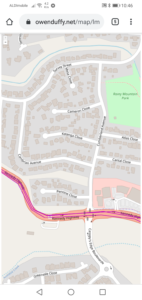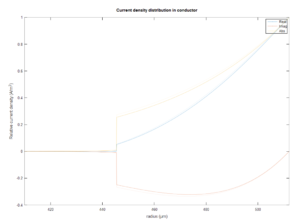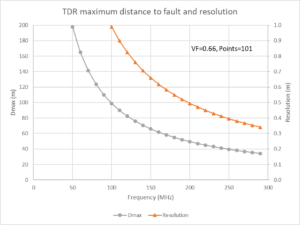One of the trips I am known to take is to Manly for lunch.
Above is a pic taken whilst waiting for the train home at Circular Quay. On the right is the ferry Freshwater arriving from Manly. The Opera House is just visible on the right north of the ‘toaster’ (one of the eyesores on the harbour).
It was a sparkling day on the harbour (Port Jackson) which bought back memories of many happy days boating and sailing, it is a beautiful waterway.
Manly is about 30min north east, 12km over the water, just on the north side of Sydney heads.
It is challenging to get pics on the ferry as tourists push their phone in front of your face to take videos, 5 to 10 minutes as a time.
Above, the route is from home to Bowral station by car, diesel train (Endeavor railcar) to Central, electric train on the Sydney underground to Circular Quay, and ferry to Manly. The return journey was similar but electric train from Circular Quay to Campbelltown then diesel train to Bowral. The round trip is just on 300km and nearly three hours for each direction of travel.
An interactive zoomable map is available. Zooming in around Sydney and a little south will show track jumps due to underground rail.
The track was captured with a Holux RCV-3000 GPS logger, logs downloaded with BT747 (Chinese firm Holux is defunct and so is their application which is now locked out of its maps provider).









